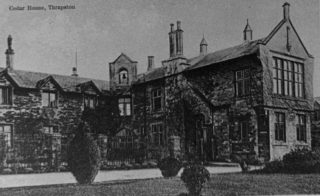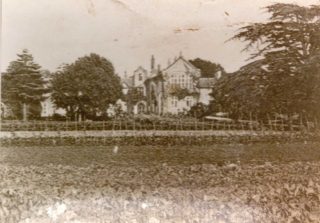Union Workhouse (Diet & Work)
Thrapston
Thrapston District Historical Society
“Singing for their Supper”
National Diet Sheets
The Poor law commissioners in London issued national diet sheets together with workhouse rules and regulations. However, each union workhouse added its own stipulations to satisfy local circumstances.
The national diet for an able-bodied man in the 1850s allowed only the cheapest of meat but there is evidence that Thrapston inmates were treated a little better.
The Master’s Report of Christmas 1891:
“according to annual custom, 70 inmates enjoyed roast beef, baked potatoes, plum pudding and ale. Three cheers for the Guardians!”
The Master’s Report of Twelfth Night 1892:
“Lord Lilford sent 24 rabbits from his estate. Mrs Hambling, Mrs Abbott, Miss Paris and a party of other ladies and gentlemen entertained the inmates. Tobacco, sweets and cake were distributed.”
Payback!
National Poor laws specified that in return for the “gracious giving of accommodation and the Christian act of feeding the paupers of this nation who are forever with us” the destitute had to complete hard manual labour, which left the body, mind and soul “pure and cleansed“.
Although many workhouses required male inmates to break stones or some other heavy but monotonous tasks, the Thrapston Guardians thought otherwise. Inmates made shoes which could be sold to raise income for the workhouse or be used by inmates themselves. However, in addition, all inmates had to contribute to the domestic work including laundry, cooking, feeding the pigs and gardening etc.
Ref:
Extract from a joint publication by Thrapston District Historical Society and East Northamptonshire Council to celebrate the refurbishment of the old Union Workhouse to accommodate the new Council Offices.
Copyright Thrapston Heritage. Website by CommunitySites








No Comments
Add a comment about this page